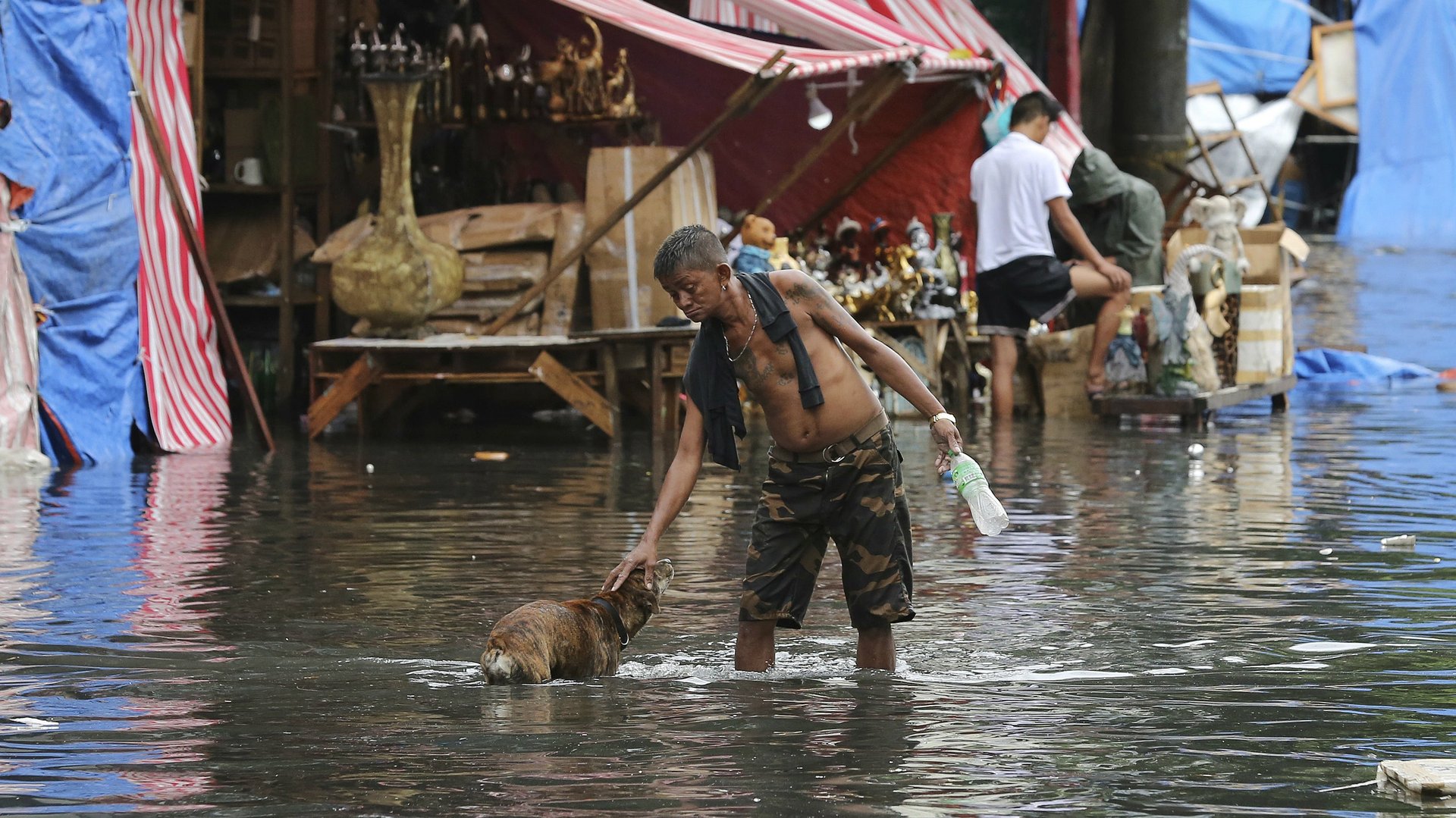Map: Asia’s infrastructure boom is coming to the cities most threatened by climate change
As a region, Asia pours an estimated $881 billion each year into infrastructure. Some recent notable works include the roughly 6,000-kilometer (3,700-mile) four-lane highway that connects New Delhi, Mumbai, Kolkata, and Chennai, which was completed in 2012; and the approved plan for a metro through Bangladesh’s capital, Dhaka, home to more than 8 million people.


As a region, Asia pours an estimated $881 billion each year into infrastructure. Some recent notable works include the roughly 6,000-kilometer (3,700-mile) four-lane highway that connects New Delhi, Mumbai, Kolkata, and Chennai, which was completed in 2012; and the approved plan for a metro through Bangladesh’s capital, Dhaka, home to more than 8 million people.
But while Asia’s infrastructure spending deserves global envy (ahem, United States), the region will need to nearly double it to accommodate rising populations, according to the Asian Development Bank. Earlier this year, the ADB estimated that Asia would need to spend $22.6 trillion on infrastructure by 2030, and suggested that more half of it go to transportation projects.
The ADB also highlighted another challenge: climate change, which it estimates could tack on $4 billion to those infrastructure costs. Some of Asia’s fastest-growing cities—inherently infrastructure hubs—are also among those most susceptible to rising sea levels.
A 2013 study by the Organization for Economic Cooperation and Development found that half of the top 10 cities expected to have the highest flood-damage costs were in Asia—China’s Guangzhou ranked first—as were 13 of the top 20 cities for projected growth in flood-damage costs. While US cities are also at risk, the economic impact on poorer Asian nations could be substantial. Seven of the top 10 cities for flood damage relative to GDP were in Asia.
Another study, published in in July by ADB and the Potsdam Institute for Climate Impact, forecast an increase of as much as 50% in average rainfall in most of Asia’s land areas by the end of the century (if emissions aren’t cut and temperatures rise 4°C). The report warned of resulting threats to the food supply, which could drive up the cost of food imports and impact the population’s health.